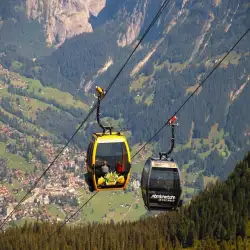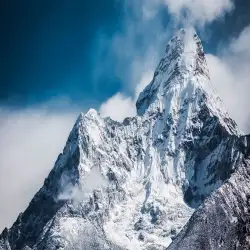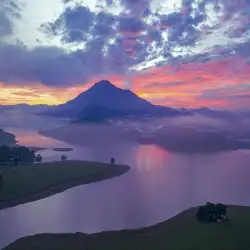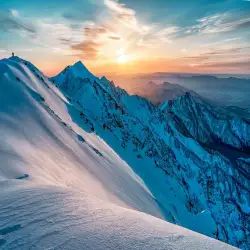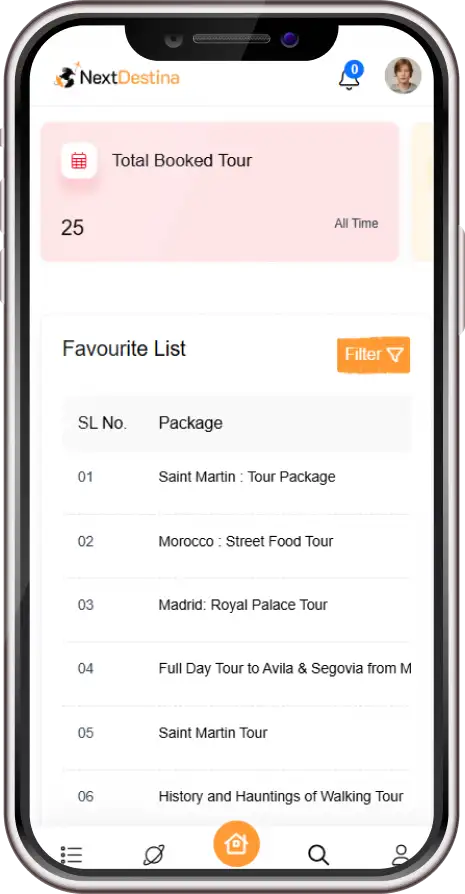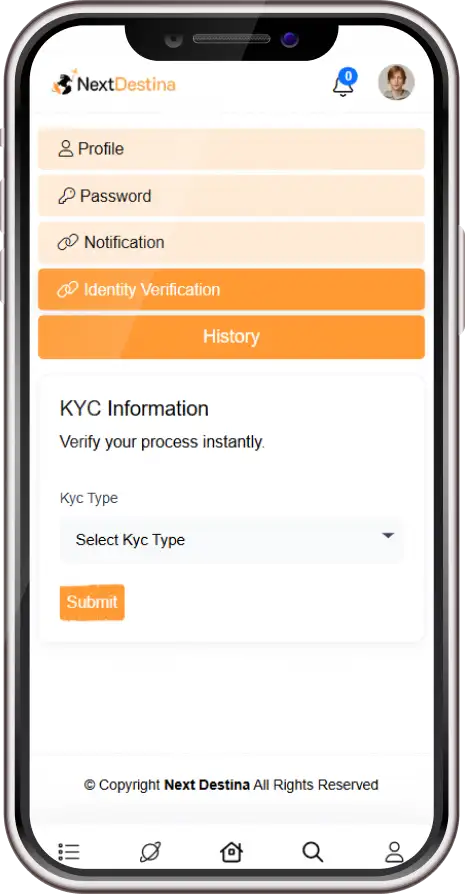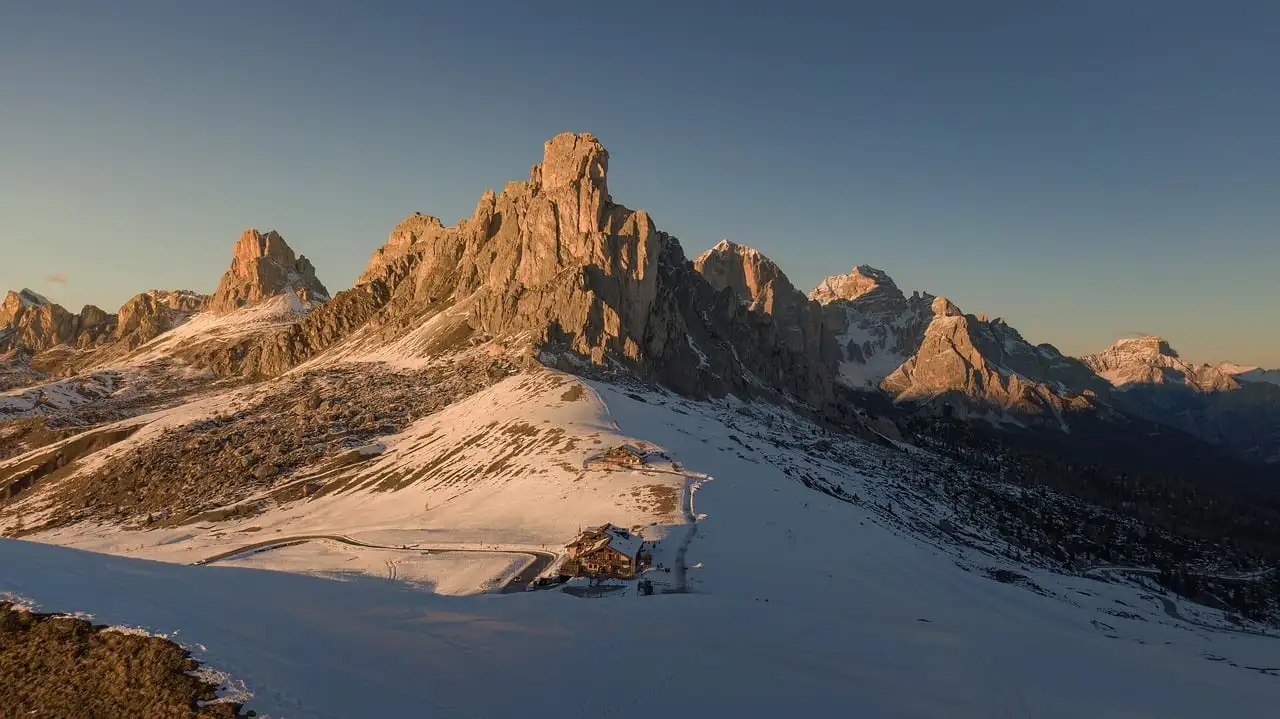
10/08/2024
Nepal Travel Guide From Dhaka Bangladesh: Everything
Traveling from Dhaka, Bangladesh, to Nepal opens the door to an unforgettable adventure in a country renowned for its majestic mountains, vibrant culture, and warm hospitality. This comprehensive guide will provide you with essential information to make the most of your journey from Dhaka to Nepal, covering everything from visa requirements to top destinations, local customs, and travel tips.
Getting There:
The journey from Dhaka to Nepal typically starts with a direct flight from Dhaka’s Hazrat Shahjalal International Airport to Tribhuvan International Airport in Kathmandu, Nepal. The flight duration is around 1.5 hours, making it a relatively quick trip. Several airlines operate on this route, including Biman Bangladesh Airlines and Nepal Airlines, offering convenient schedules and competitive fares. Booking your flight in advance can help you secure the best deals and ensure a smooth start to your trip.
Visa Requirements:
Bangladeshi passport holders can obtain a visa on arrival in Nepal, which simplifies the entry process. Upon arrival at Tribhuvan International Airport, you’ll need to present your passport, a few passport-sized photographs, and proof of accommodation. The visa on arrival is available for durations ranging from 15 to 90 days, and the fees vary depending on the length of your stay. It’s a good idea to have some US dollars on hand to pay the visa fee, as this is the accepted currency for the visa payment. Additionally, make sure your passport is valid for at least six months from your date of entry into Nepal.
Best Time to Visit:
Nepal's climate varies significantly by region and altitude, but the best times to visit are during the spring (March to May) and autumn (September to November). During these periods, the weather is generally pleasant with clear skies and mild temperatures, making it ideal for sightseeing, trekking, and exploring the country’s natural and cultural attractions. Spring brings blooming rhododendrons and lush greenery, while autumn offers clear views of the Himalayas and comfortable temperatures. The summer monsoon season (June to August) can bring heavy rainfall and might affect travel plans, particularly in the mountainous regions. Winter (December to February) can be cold, especially in the higher altitudes, but it’s a good time for trekking in lower elevations.
Accommodation:
Nepal offers a wide range of accommodation options to suit different budgets and preferences. In Kathmandu, you’ll find everything from budget hostels and guesthouses to mid-range hotels and luxury resorts. The Thamel area is popular among travelers for its array of restaurants, shops, and accommodations. For a more authentic experience, consider staying in a traditional guesthouse or homestay in smaller towns or rural areas. In Pokhara, you can choose from lakeside hotels with stunning views of the surrounding mountains, or opt for a more secluded retreat in the nearby hills. Chitwan National Park also has a selection of lodges and resorts that offer comfortable stays and easy access to wildlife safaris.
Getting Around:
Navigating Nepal is relatively straightforward, though travel times can vary due to the country’s diverse terrain. In Kathmandu, taxis and ride-sharing apps are convenient for getting around the city. Public buses are available for longer distances, though they can be crowded and less comfortable. For intercity travel, domestic flights are a time-efficient option, particularly for reaching destinations like Pokhara and Lukla, the gateway to Everest Base Camp. Additionally, rented vehicles or motorbikes can be a flexible way to explore rural areas, though it’s essential to be cautious and familiar with local driving conditions. Many travelers also opt for guided tours or private drivers to enhance their experience and ensure a smooth journey.
